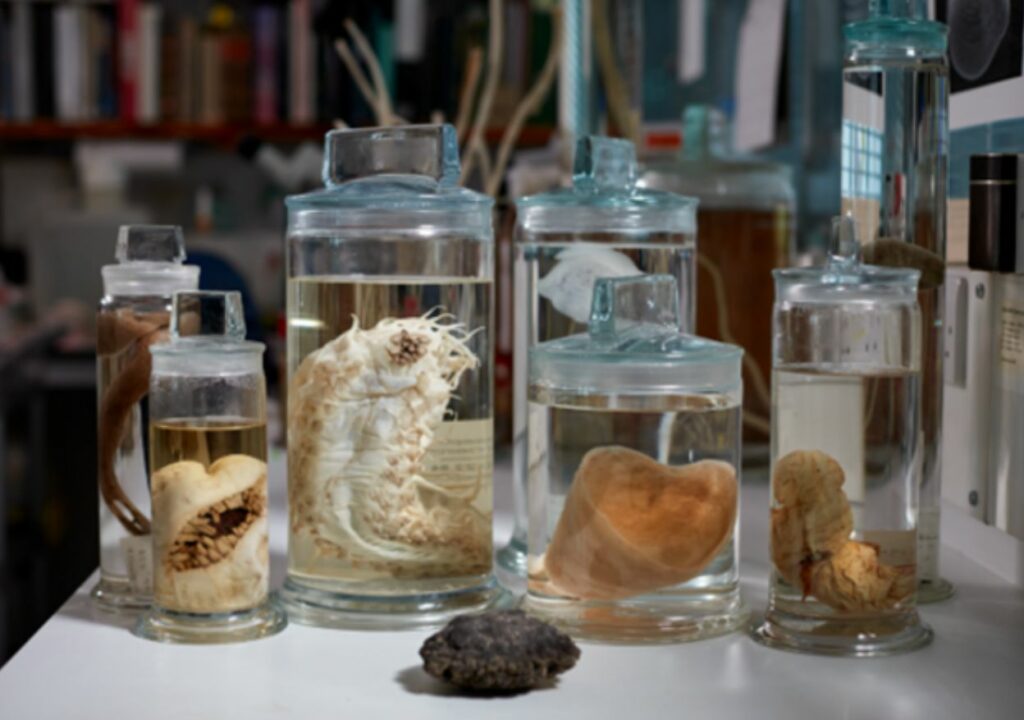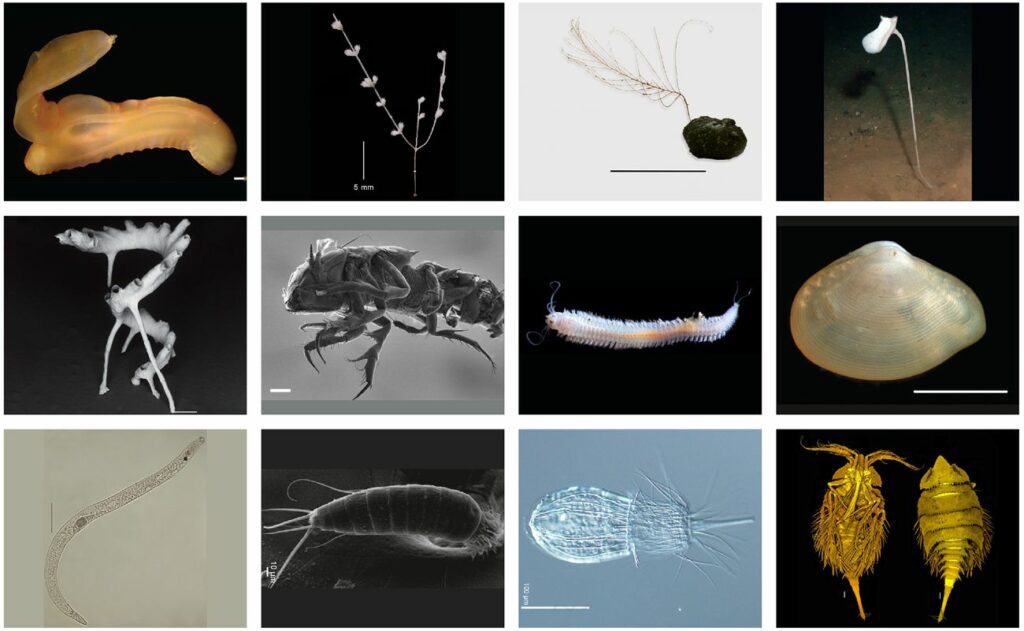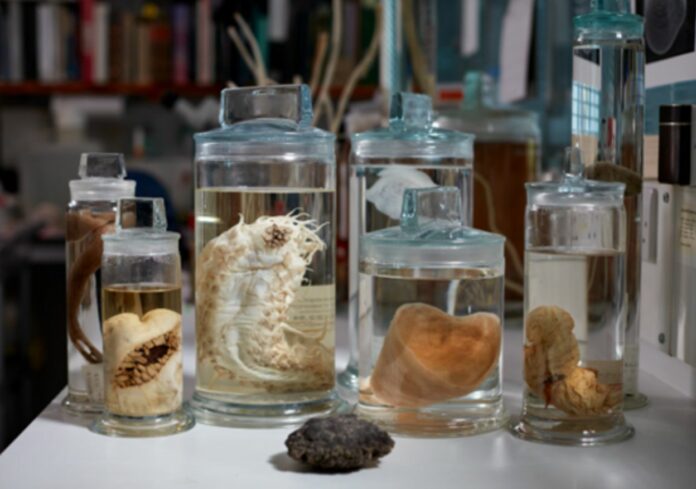The underwater world holds an array of truly extraordinary species. Among them are sponges that possess remarkable resemblances to traditional bath sponges or elegant vases. Their exquisite beauty is truly captivating. One particular species that captivate researchers is the glass sponge. With delicate spines, when observed under a microscope, they resemble miniature chandeliers or intricate sculptures.
In the Pacific Ocean lies a vast expanse known as the Clarion-Clipperton Zone (CCZ), a mineral-rich region that rivals the size of India. With plans for deep-sea mining already underway, this region has been allocated and divided among various companies. However, the potential consequences of mining on this unique ecosystem remain uncertain.
In an effort to shed light on the potential risks, a team of biologists has meticulously assembled the inaugural “CCZ checklist.” By consolidating species records from previous research expeditions to the area, they have provided an invaluable resource.
Their groundbreaking study, featured in the esteemed journal Current Biology today, reveals the staggering diversity of the CCZ, with a remarkable tally of 5,578 distinct species. Astonishingly, between 88% and 92% of these species are entirely new to us and science, representing previously undocumented forms of life.

“We share this planet with all this amazing biodiversity, and we have a responsibility to understand it and protect it,” comments deep-sea ecologist Muriel Rabone from the Natural History Museum London, UK.
Covering an extensive area of six million square kilometers, stretching from Hawaii to Mexico, the Clarion-Clipperton Zone (CCZ) stands out as a remarkably unspoiled expanse within the Earth’s vast oceans. In order to unravel its mysteries, scientists embark on daring research cruises across the Pacific Ocean, utilizing a diverse array of sampling methods. These techniques span the spectrum from highly advanced approaches such as employing remote-controlled vehicles to navigate the depths of the ocean floor, to more straightforward methods like utilizing robust containers that descend to the seabed, commonly known as “box core sampling.”
“It’s a big boat, but it feels tiny in the middle of the ocean. You could see storms rolling in; it’s very dramatic,” remarks Rabone. “And it was amazing—in every single box core sample, we would see new species.”

Through an extensive analysis of more than 100,000 records documenting various organisms discovered in the Clarion-Clipperton Zone (CCZ) during deep-sea expeditions, Rabone, and her colleagues have identified a remarkable finding. Out of the numerous new species discovered in the CCZ, including sea cucumber, a nematode, and a carnivorous sponge, only six have been previously observed in other geographical regions. Furthermore, the study reveals that the dominant fauna in the CCZ primarily consists of arthropods (jointed invertebrates), worms, echinoderms (such as sea urchins), and sponges. This research sheds light on the unique biodiversity within the CCZ and emphasizes the significance of conserving this ecologically diverse deep-sea environment.
“There’s some just remarkable species down there. Some of the sponges look like classic bath sponges, and some look like vases. They’re just beautiful,” adds Rabone of the CCZ samples. “One of my favorites is the glass sponges. They have these little spines, and under the microscope, they look like tiny chandeliers or little sculptures.”
In the future, the team places significant emphasis on enhancing the cohesiveness, collaboration, and multidisciplinary nature of research endeavors in the Clarion-Clipperton Zone (CCZ) in order to acquire a more profound understanding of the area’s biodiversity. They highlight the crucial significance of further investigating the recently discovered species and their interconnections with the surrounding environment. Moreover, they strongly urge researchers to explore the biogeography of the region, aiming to gain a better comprehension of phenomena such as the clustering of specific species in distinct geological regions.
“There are so many wonderful species in the CCZ, and with the possibility of mining looming, it’s doubly important that we know more about these really understudied habitats,” adds Rabone.
Image Credit: Trustees of the Natural History Museum London
